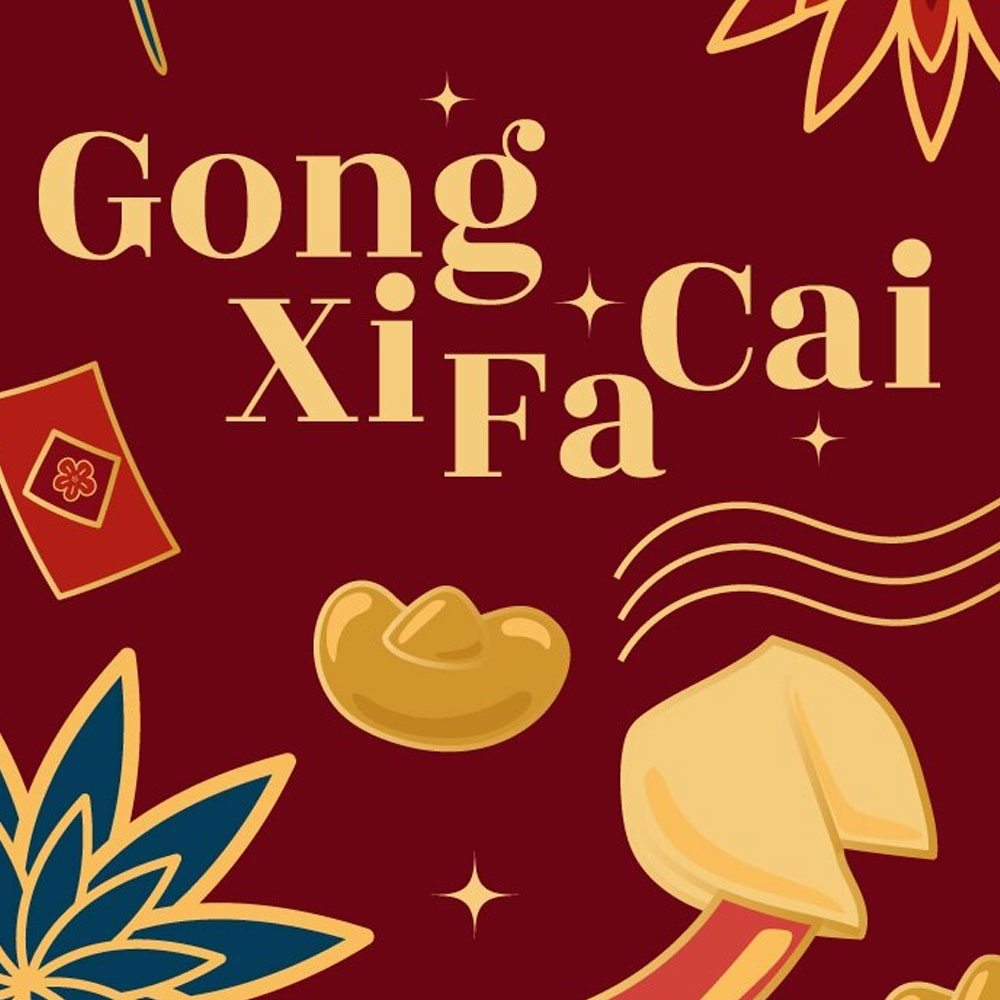-
 Hot
Burger
1 ×
$40.00
Hot
Burger
1 ×
$40.00
-
 Vegetable
1 ×
$99.00
Vegetable
1 ×
$99.00
-
 Pop
Pizza
1 ×
$56.00
Pop
Pizza
1 ×
$56.00
-
 Onion &
Tomato
1 ×
$23.00
Onion &
Tomato
1 ×
$23.00
-
 Cool
Drinks
1 ×
$100.00
Cool
Drinks
1 ×
$100.00
Subtotal: $318.00



